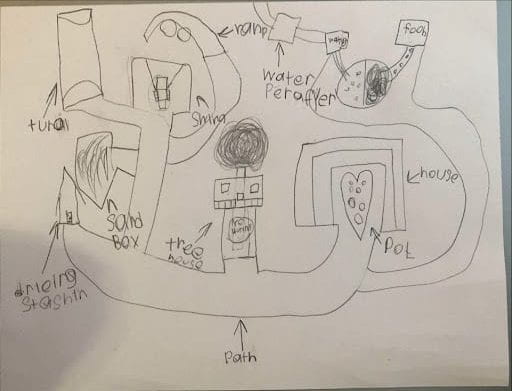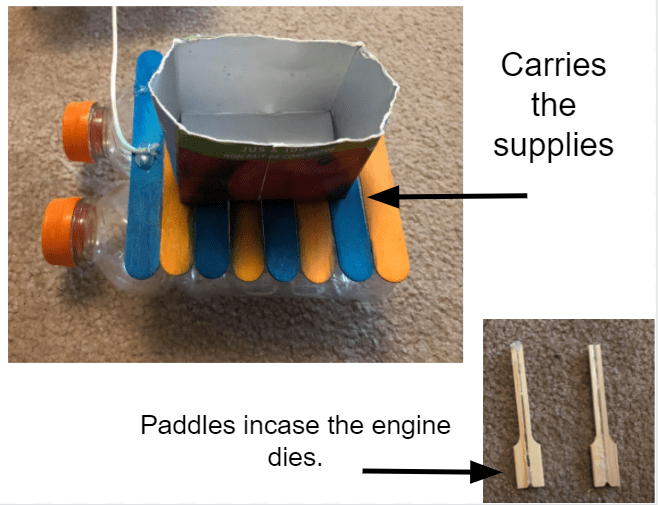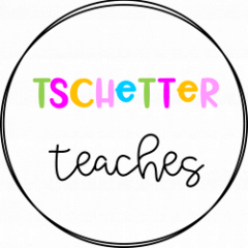Teacher Communication
I will be available to all students via Zoom from 9:00-3:30 for students to come in and ask questions. I have done this previously, and put myself and the student in the breakout room if they would rather speak privately. I also use the comment feature on Google Classroom, which sends an email automatically to alert me that a student has left a comment where I can respond. This typically takes a maximum of 5 minutes for me to be able to respond. For Grade 3, two points of communication are plenty for them to learn!
Introductory Lesson: Newspaper Building Challenge
To engage learners into our material and build community for the unit we will be completing the classic newspaper challenge synchronously as a class. Students with low bandwidth are welcome to complete the challenge asynchronously, but are encouraged to come to class for this community building activity. Over Zoom we will complete this challenge with this routine:
- 10 minutes to draw plans/design
- 10 minutes to share design in breakout rooms and get feedback from peers
- 30 minutes to create newspaper tower
- Whole group sharing and testing of towers (volunteers only)
The purpose of this activity is to model the design process that students will be using for their projects for this unit. Students will be using this to design a playground and a structure of their choice throughout this unit. This introduction is a low stakes opportunity to practice the process and for me to notice what skills they will need to complete this process so I can better support students throughout their design process.
The Gradual Release of Responsibility Model (GRR) will help students to be familiar with the design process by the three stages: “show me” (Newspaper Towers), “help me” (Design a Playground), and “let me” (Designing a Structure).
Formative Assessment: Design a Playground- Community Project
For this midway project, I want to see students apply the design process in a familiar way. Students will be designing a playground with at least two accessible structures for playgrounds to think about the function of structures without having to create their own and enter the “help me” stage of the GRR. Students can use existing examples from in their communities and from their experiences to create their ideal playground while practicing the design process.
We will develop a modelled comment formula for the upcoming Flipgrid in class by creating feedback on the teacher example in breakout rooms (low risk), then sharing their feedback as a large group. I will document their comments by sharing the screen with them, and ask for any patterns they see in good feedback, guiding them to giving a suggestion and something they liked about it.
Students will then design their playground, record their explanation on Flipgrid and practice writing moderated comments on at least 3 other student’s videos. This will allow me to identify students struggling to give feedback to their peers and address these skills in subsequent lessons if needed. This is formative practice for their cumulative project, Designing a Structure.

Summative Assessment: Designing a Structure–Cumulative Project
For this final assessment of the unit, students will be completely creating their own structure in the “let me” stage of GRR. It can have any function, structure type, and materials. Students will answer guided questions that address learning outcomes to formulate their design plan. Next, they will be planning and designing by drawing and labelling their structure.
Students will then post a Flipgrid video explaining their responses to the questions and showing their structure design. Once their Flipgrid is uploaded, their job is to watch at least 5 other videos and provide unmoderated feedback on each others structures using the same format as in Design a Playground. They have now practiced this twice, and can hopefully do this independently and unmoderated. Students will self assess their comments, but I will not assign a grade to their participation.
Their next task is to review their comments and make any changes they want to make to their structure before completing a self-assessment and submitting their final project. I have done this assignment in person before, so I thought I’d leave you all with the most unexpected project I’ve had turned in.

The Party Boat 2000 from a previous student of mine

Happy Teaching,
Leah


I appreciate how thorough your plans are!! One particular piece that stood out is your use of Flipgrid. I really appreciated how you plan to set up a low-risk practice before using it in further ways.
I second Patricia’s thoughts… So thorough– well done!
I appreciate the ice breaker you’ve included. This week Sarah posted a little ice breaker on Twitter and it has yielded quite a few comments. Ice breakers are simple, but effective ways to make people feel comfortable!
I also like your teaching of proper commenting practices. The moderated/unmoderated commenting feature on Flipgrid is great for this!
This looks great! I think the students will really enjoy the tech integration aspects of this project! Using Flipgrid is a great tool for that… and I like how flexible the assignment type is, so it could be done remotely, in person, or a combination of both! That is what I am aiming for in my prototype as well!